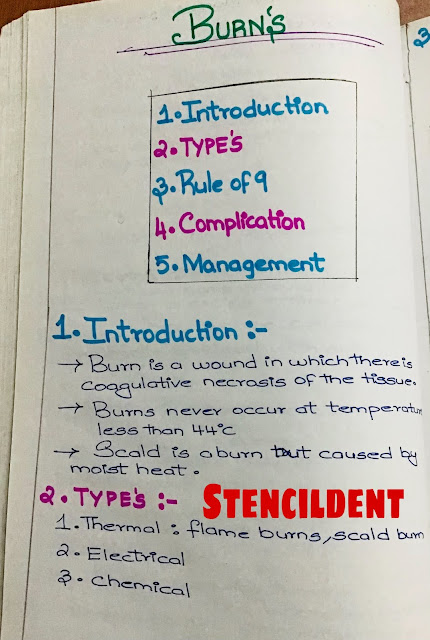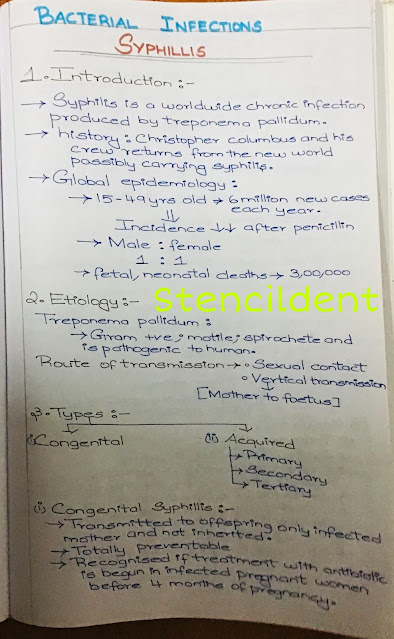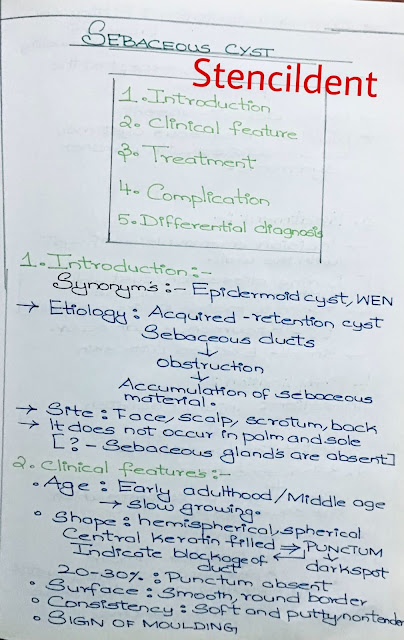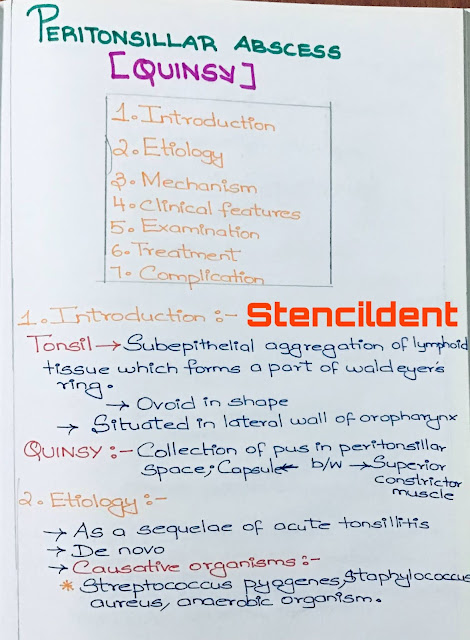Anti-tubular action ,pharmacokinetics,adverse effects of Rifampicin

RIFAMPICIN : Its a semi-synthetic derivative of Rifamycin 1st line drug used in tuberculosis Rifampicin is bactericidal to M.tuberculosis,M.leprae Inhibits most gram positive and gram negative bacteria like staphylococcus aureus,N.meningitidis,E.coli,klebsiella,pseudomonas,proteus and legionella ANTI-TUBULAR ACTION: Tuberculocidal :treatment for tuberculosis Acts on intra and extracellular organism and drug resistant organism hence called - STERILISING AGENT Inhibit DNA dependent RNA synthesis if used alone it develops drug resistance Rifampicin Bind with beta subunit of DNA dependent RNA polymerase ...





